GDP: What Is It?
Define GDP, explain its components, and define per capita GDP
{{searchResultSnippet}}
 Back to All
Back to All
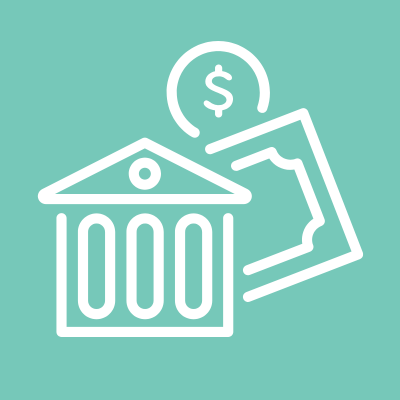
This video assignment focuses on gross domestic product; how to define total output and explain the difference between real and potential GDP.
What did you do today? Maybe you trimmed hedges, fixed a car, baked cupcakes. Add up the value of all this work and give it a name. Let's call it GPY, the gross product of you. Some days, the gross product of you is high. And some days, well, it's a little less high. Of course, everyone has a GPY. And if we add up all the GPYs, we'd know the total value produced in our economy every day. Government statisticians carry out this kind of adding up every three months. And they call the resulting value our national GDP, or gross domestic product. GDP doesn't include the stuff we do for ourselves. So when we cook our own meals, and cut our own lawns, that's not counted. But generally speaking, everything people living in the United States have produced for sale in our economy gets counted. At the Federal Reserve, it's our job to set monetary policies that best promote maximum employment and price stability. To do this, we need to know how much our economy is producing. And we need to have an idea about how much our economy could produce it were working at its full potential. That's called "potential GDP." So what's your potential? How does the Gross Product of You compared to the potential Gross Product of You? Figuring out your potential is tricky. So, let's set a few ground rules. First, your potential isn't the maximum you could produce. After all, you'll need some time to rest, so let's not include the stuff you could have produced on your time off. If you didn't trim hedges because you're enjoying a ballgame, we won't count that and let's not include the stuff you can't do because you don't have the capacity. So, if you didn't bake cupcakes because the oven is broken, we won't count that in your potential. On the other hand, if you wanted to work more hours repairing cars, but business has been slow and your manager has cut back your hours, we will include the hours that you didn't work as part of your potential. Now to expand the idea of your potential to our national potential. When government statisticians gauge our national0 potential, we call it our potential GDP. Potential GDP is the value of all the things we had the ability and desire to produce in our economy, even if we didn't produce all of it. If GDP is different than potential GDP, then we have a problem. The economy isn't employed at its full potential. If the economy is operating below its potential, it means that there simply isn't enough demand to keep us all fully employed. And the policies of the Federal Reserve will need to be adjusted to promote more spending in the economy. But gdp can also exceed potentialGDP. In this case, the economy is being overworked and most likely will experience rising prices. The policies of the Federal Reserve will need to be adjusted to keep spending in check. Congress has asked the Federal Reserve to promote maximum employment and stable prices, sometimes called are dual mandate. We do this by setting our policies so that, over time, GDP and potential GDP are in alignment. A precise measurement of our potential GDP is tricky. In fact, this is the subject of frequent debate among economists. At the Federal Reserve, we spend lots of time trying to gauge how close the economy is to its full potential. But that's what the Federal Reserve's dual mandate is all about, to make sure our monetary policies are calibrated so the machinery of the U.S. economy is operating at its full potential. If you'd like to know more about GDP and other economic topics check out the resources on our website at frbatlanta.org
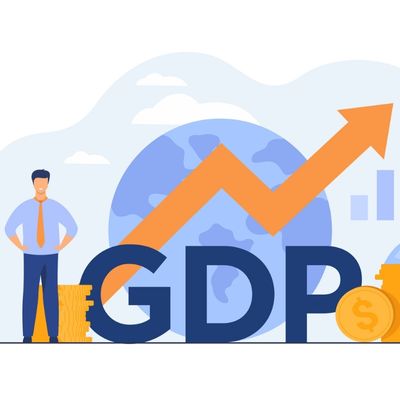
GDP: What Is It?
Define GDP, explain its components, and define per capita GDP
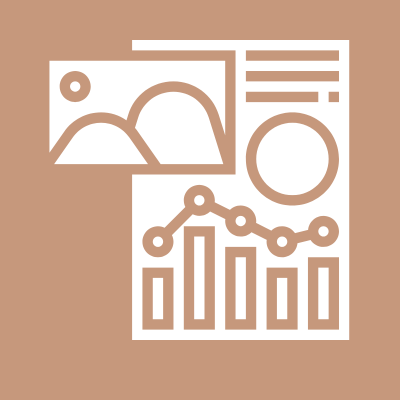
Gross Domestic Product
Visualize the components of Gross Domestic Product (GDP).
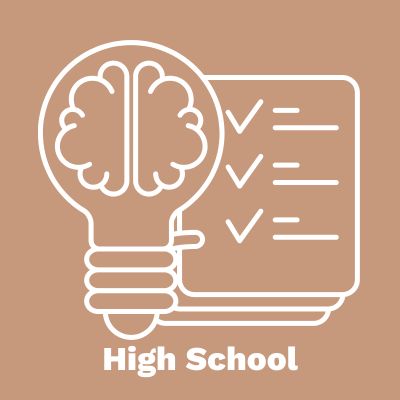
Analyzing the Elements of Real GDP in FRED Using Stacking Activity
Graph gross domestic product's (GDP) components over time.
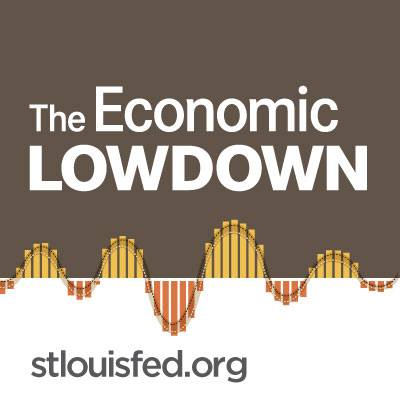
Econ Lowdown Podcast Series
21 Economics audio assignments for your classroom
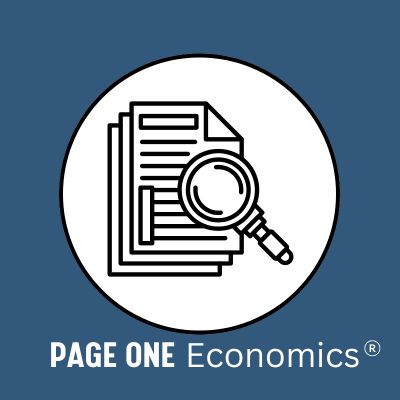
How Do Imports Affect GDP?
Learn how imports are calculated in GDP.

10 FRED Graph Activities in 10 Minutes
Learn about data through graphing activities.
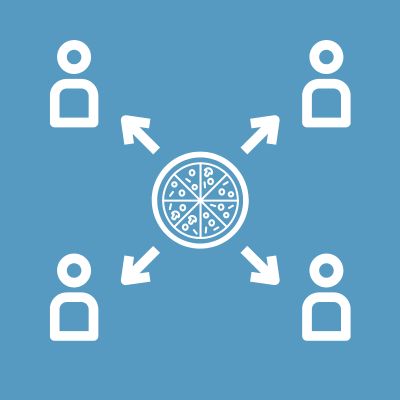
Real vs. Nominal GDP
Explain the difference between real and nominal GDP.
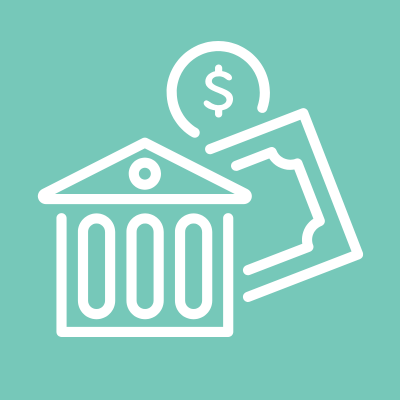
Inflation Explained
Learn about the basic definitions of inflation and price level.

Monetary Policy Explained
Learn about the role of the central bank in achieving economic goals.

Regional Banks Explained
Learn how the Federal Reserve's decentralized structure forms a "big picture" view of the U.S. economy.

The Central Bank Explained
Learn about the origins, structure, and functions of the U.S. central bank.

The Unemployment Rate Explained
Learn about the indicators the Federal Reserve uses to help it achieve its monetary policy goals.

Good Versus Bad Standards Explained
Learn how monetary policy achieves the Fed's economic goals.

The Payments System Explained
Learn how the Fed keeps our monetary circulatory system healthy.
{{resourceTitle}}
{{resourceBlurb}}